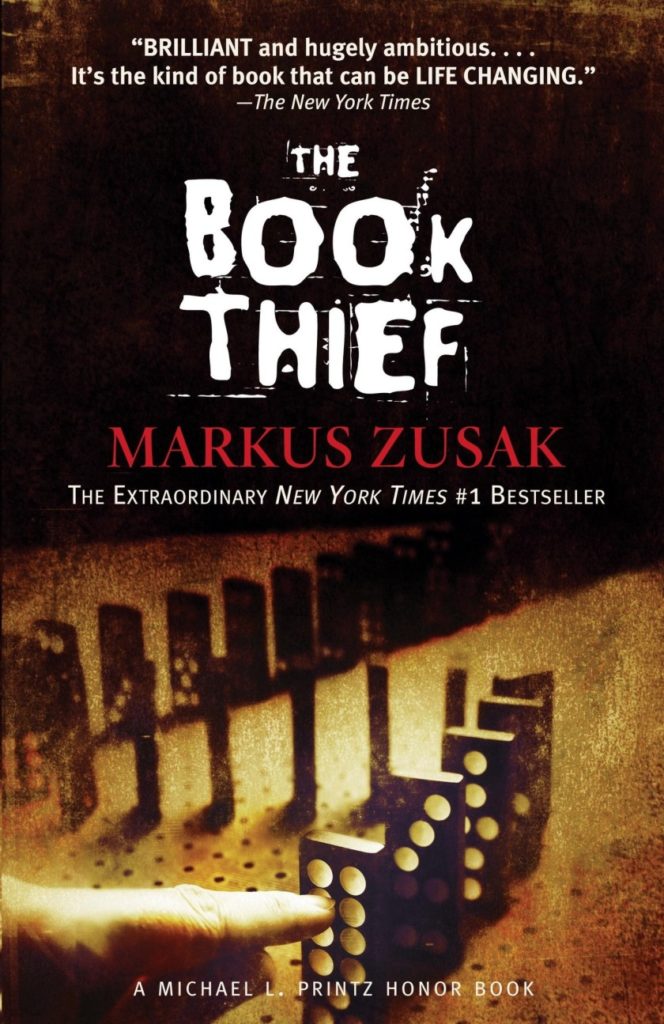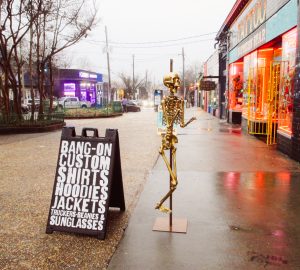Stuff you should read: ‘The Book Thief’
Hundreds of stories have been written about World War II but there isn’t one quite like Mark Zusak’s “The Book Thief.” What sets this story apart from the others is its unusual but appropriate narrator: Death. Busier than ever during a world war, Death took great interest in the life of young Liesel Meminger, as she moved to a small German town with her foster parents and discovered the magic and horror of words. Often, third-person narrators can come across as dull and detached from the story when compared to the opinionated first-person narrators, but in this case, Death is as much of a character as the humans living in Himmel. Watching from a distance, but also coming close when it’s time to pick up a soul, Death offers clever and morbid remarks about everyday life in Nazi Germany through the lens of Liesel and her domestic adventures. What’s fascinating about this style of narration is its ability to transform a dark and heavy subject into something comical, almost casual with its directness, but without being insensitive or alienated from human suffering during war.
Through Liesel Meminger and her family, Death is able to identify and rescue the most positive and magical of human traits, even in the face of a horrible catastrophe. By the end of the book, after the tears and tissues, readers are left with the hopeful impression that through great tragedy, some people are able to preserve their humanity even when the world they live in is actively trying to break that kind essence that lives inside of us. The book believes in people, not in war; it accepts death as a natural thing that shouldn’t be feared but also understands why and how it can be devastating.
This book is ideal for those who enjoy character-driven stories because the plot is pretty simple and straightforward. After a girl witnesses the death of her young brother, she is sent to live with Rosa and Hans Hubermann, a humble couple who needs Liesel as much as she needed them. Hans teaches Liesel how to read and write, how to love a book properly—by reading it over and over again, each time uncovering a new mystery—and how words have the power to change people. This principle fascinates Liesel to the point of encouraging an active book thievery. Along with her best friend, Rudy Steiner, the pair go around Himmel stealing, running into more trouble, loving each other through innocent insults, and just trying to have a childhood during times of war. They had every reason to lose themselves, but in the end, they didn’t because they had each other. If there’s one thing I love to read about, it’s friendship. Rudy and Liesel’s friendship is special from the start, heartbreaking at the very end, but sure to make a long-lasting impression in my memory.
Conflict takes over the Hubermann home when they decide to hide a Jew named Max Vanderburg in their basement. Liesel and Max develop another special friendship, one of resilience and a common love for stories, showing us that there are more things that unite us than set us apart. Liesel gives Max more than a dozen presents and he gives her a couple of his own making: stories. One of my favorite moments of the novel was during an air raid on Himmel Street. Most of the townsfolk sought shelter in one deep basement where everyone waited in terror for the bombs to fall and flatten their homes. To ease the tension, Liesel read a book. It became a tradition during every air raid. There was a magnetic pull as Liesel read. Books have the power to pull you in and keep you safe from the outside world, introducing you to different fascinating lives and, sometimes, the desire to live on. Liesel herself was offered a lifeline by every book she read. They gave them purpose. The stealing, the reading and finally the writing. She decided not to be one of those people who would use their words for evil, like Hitler, and instead wrote her story to celebrate life, family and friendship — everything that she lost.






















